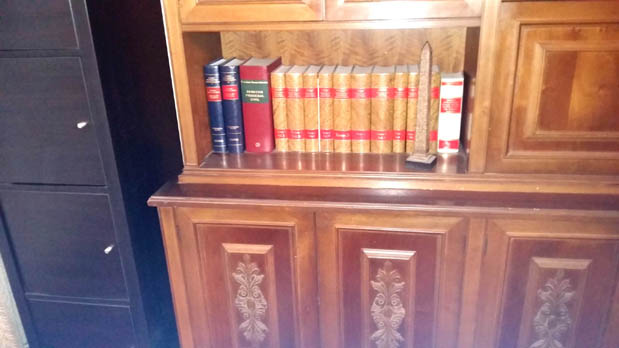

BREACH OF CONTRACT
I-NON-COMPLIANCE: TYPOLOGY, INDICTMENT AND SPECIFIC REGIMES
---------1-Breach in a material sense.
It is any lack of achievement; or irregular, defective or incomplete performance; of the benefits or conduct assumed contractually. In short, any mismatch with the reality of the contract.
The contract itself; interpreted and integrated; It is a decisive starting point to determine whether or not there is a breach of contract in a material sense.
---------2-The Indictment of non-compliance.
A criterion of conduct or situation must be followed that allows the consequences of non-compliance to be attributed to the party to whom the contractual performance corresponds.
It is not a question of fact, but rather a legal qualification of the conduct. An appeal is possible against said qualification.
There are three main criteria for attributing non-compliance :
-a-Guilty mind (Mens rea).
It is conscious and voluntary non-compliance, according to the Supreme Court. It does not require intent to cause damage, malice, fraud or qualified bad faith.
-b-Fault or negligence.
It occurs when the defaulter has not adjusted his performance conduct to the care measures required by the contract, or to the mandatory norms or applicable provisions.
-c-Objective liability :
-c-a-No fault-It is when the breach is attributable to the contractual party, if there is any relevant connection between the breach and the subject, its auxiliaries, the ownership of the thing or its facilities.
-c-b-Limited responsibility-Fortuitous event or force majeure.
----------3-Modalities of non-compliance with their
own legal regime.
There are two types of non-compliance, which have their own legal regime in the Spanish Civil Code:
-3-A-Delay in compliance-Default of the debtor-Type of contractual breach, which consists of delay in the fulfillment of an obligation.
-3-B-Non-compliance due to sudden impossibility of the provision-The loss of the thing is the most important case of supervening impossibility, which prevents the satisfaction of the creditor, and can extinguish the debtor's duty and produce his release.
----------4-Remedies for non-compliance.
There are three main models or types of remedies provided for by the standards, with subtypes within each one :
-a-Remedies for imposed conduct-Involves forced compliance in all its variants in the LEC. Entails repair and replacement in consumer sales.
-b-Money remedies-Involves damages. It entails a price reduction. It carries conventional punishment.
-c-Remedies for ineffectiveness, even if temporary-Involves resolution. It entails "exceptio non adimpleti contractus."
----------5-Exception of unfulfilled contract (Exceptio non adimpleti contractus).
It affects reciprocal obligations.
It determines that each of the contracting parties can oppose the claim of the other party, if the claimant has not offered their benefit. That is, if he has not fulfilled his duty; or at least it has really offered its fulfillment.
It is the effect of the Principle of Simultaneous Fulfillment of Reciprocal Obligations.
----------6-The coexistence between remedies: pre-contractual fraud and remedies against non-compliance.
In certain cases, the breach of contract comes from misleading statements or omissions by the other contracting party, during the contract formation process; which results in the good or service delivered not conforming to what was expected, as in accordance with the contract.
II-SUBROGATORY ACTION
The creditors, after having pursued the assets that are in the possession of
the debtor, to realize what is owed to them; They can exercise all their rights
and actions for the same purpose; except those that are inherent to his person.
Power of creditors to exercise the rights and actions of their debtor, who is inactive and therefore stops increasing his assets, which frustrates the satisfaction of creditors.
The acting creditor is not a representative of the debtor; but acts in his own name, and in his own interest when exercising the right of another.
III-DIRECT ACTION
Possibility granted to creditors to personally turn against the creditor's debtors.
The creditor acts in his own name, and can appropriate the value obtained up to the limit of his credit, without the need to share it with other creditors.
IV-REVOCATIONAL OR PAULIAN ACTION
Creditors can also challenge acts that the debtor has carried out in fraud of
their rights.
It is granted to creditors to prevent assets from leaving the debtor's assets that they could collect to satisfy their credit. It consists of achieving the ineffectiveness of the debtor's acts that could place him in a situation of insolvency, due to the departure of assets from his assets.
Example-A debtor donates assets in such a way that he is unable to meet his commitments to creditors. Each creditor may challenge these donations in order to collect.